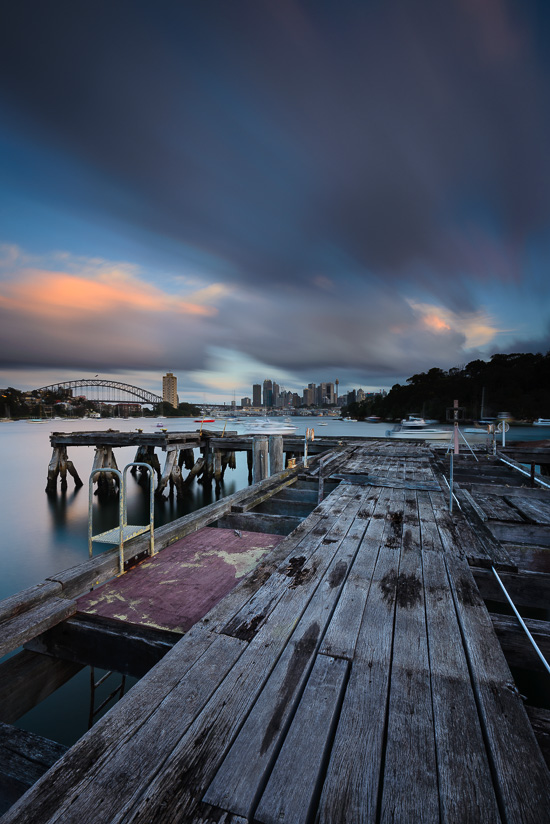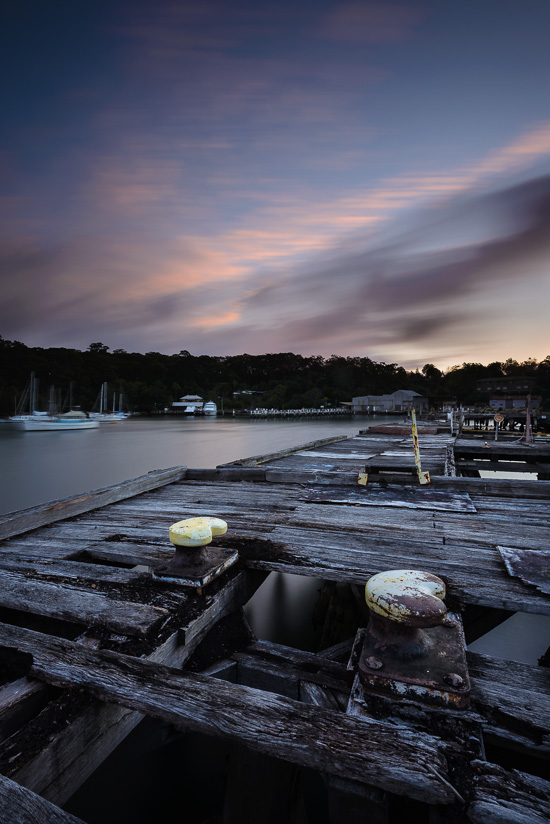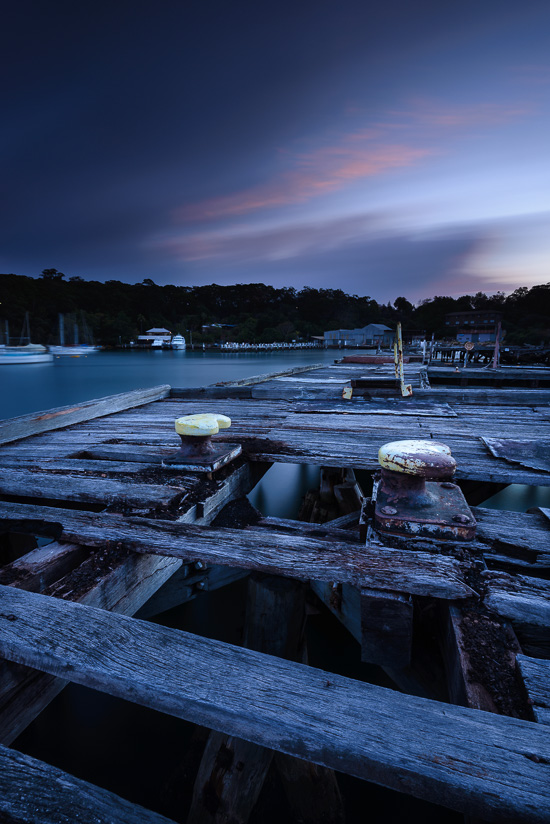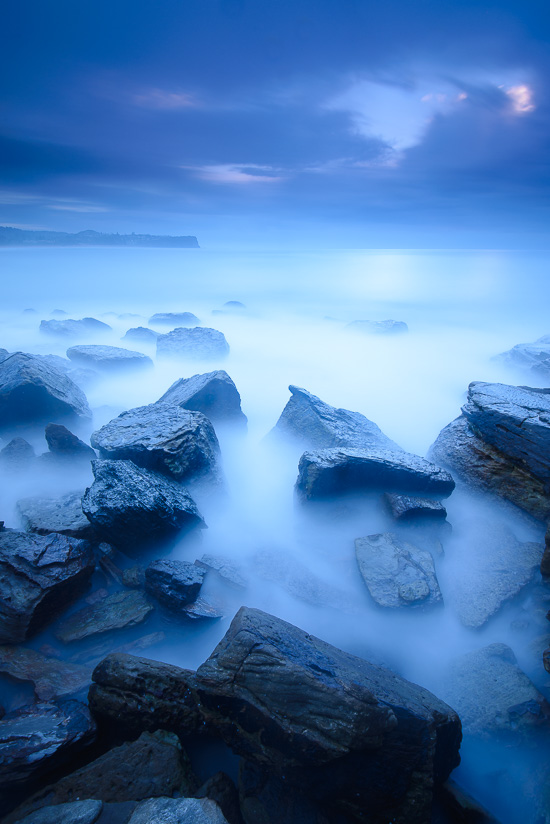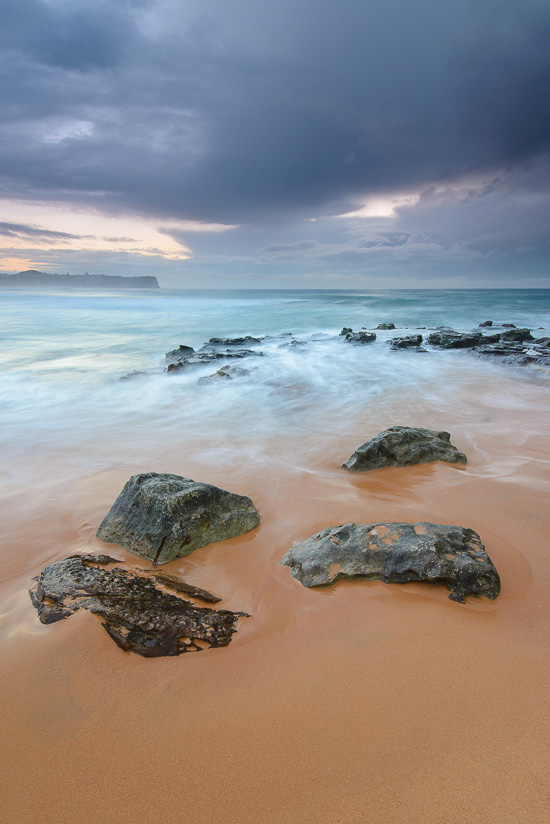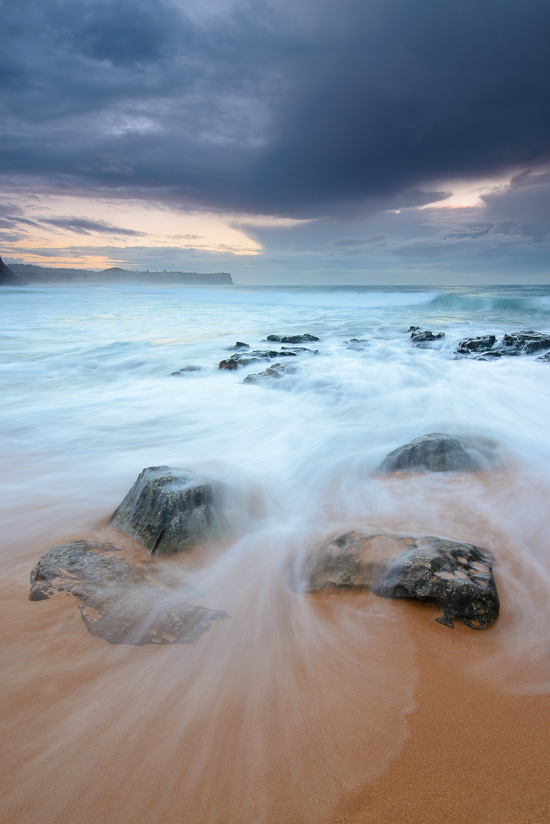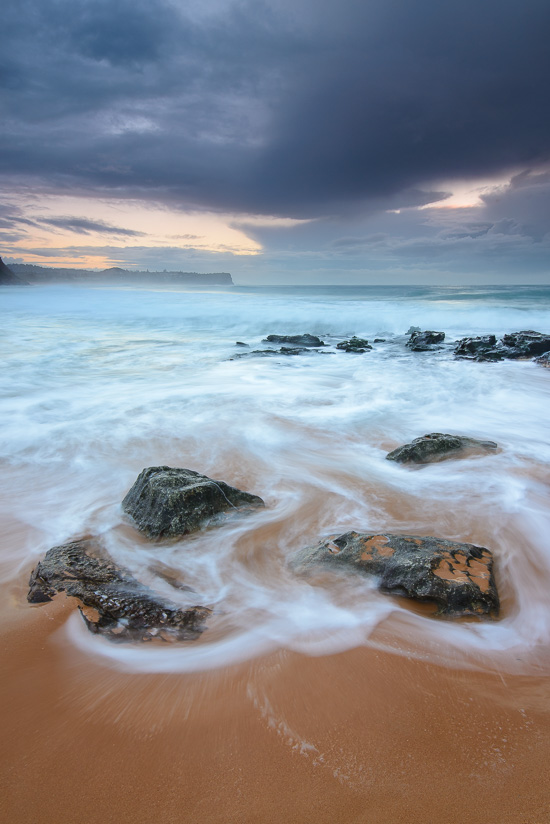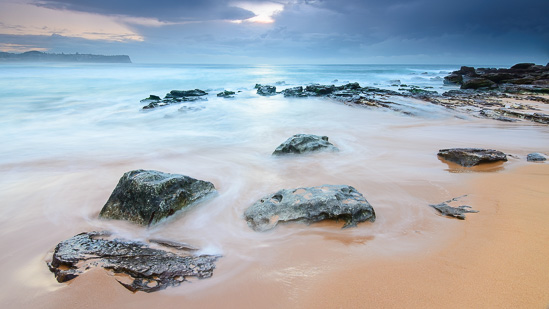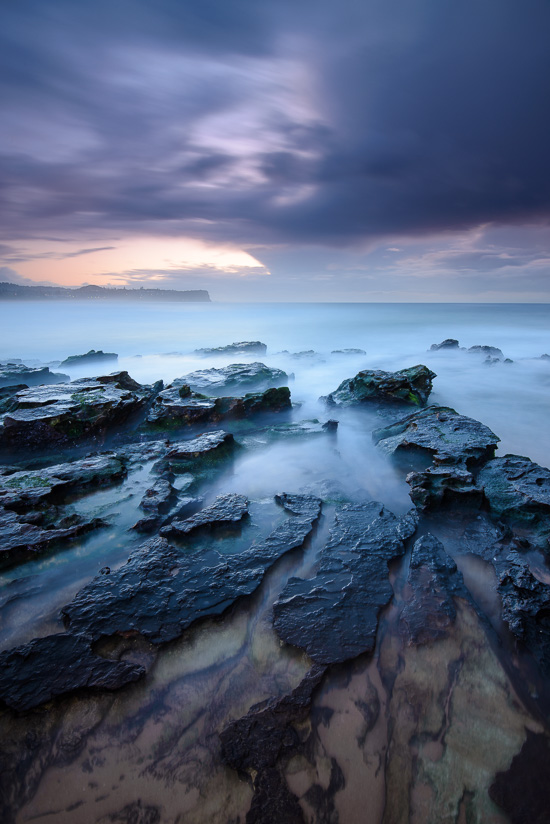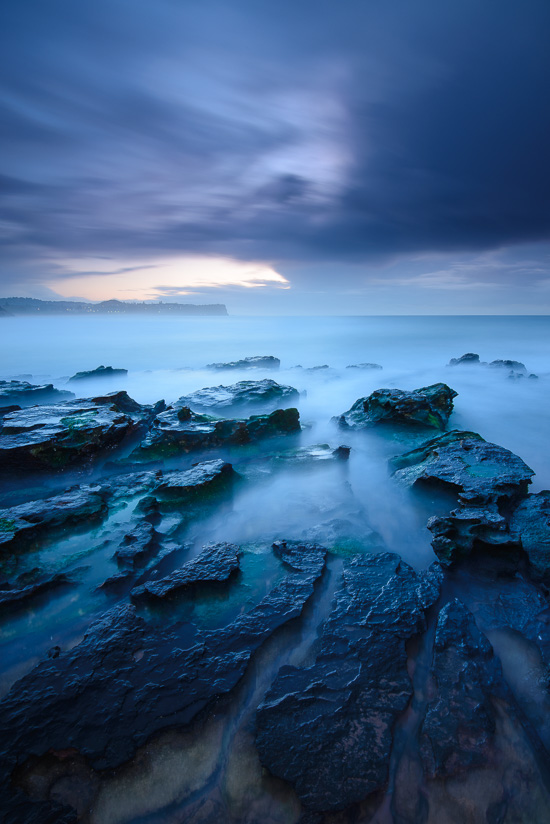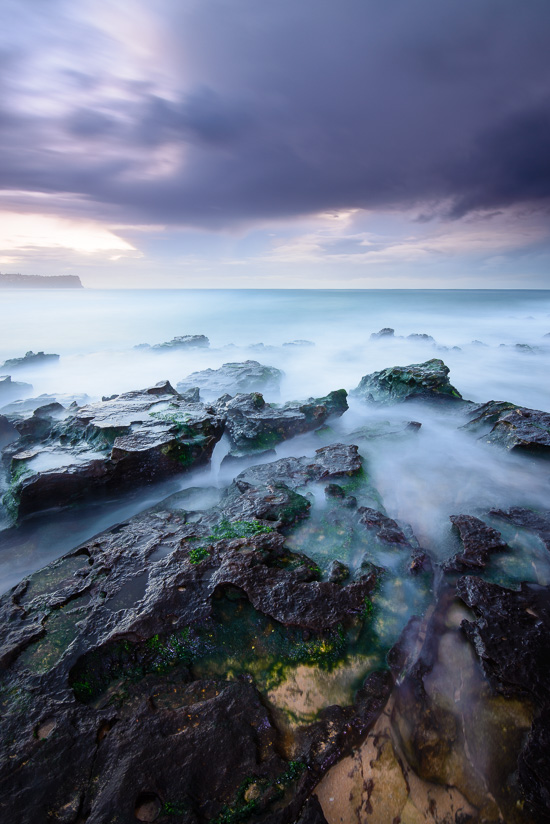Archive for September, 2014
State of Decay…
by Rodney Campbell on Sep.19, 2014, under Life, Photography
I saw a 360 pano by fellow Sydney photographer Paul Gunther taken down on this absolutely decayed old wooden pier in Berry’s Bay near the Waverton Peninsula Reserve and Balls Head
It was nearing sunset so I figured I’d head down and see what was there and what might happen
It wasn’t a fantastic sunset and this location isn’t particularly ideal for sunset (too many distractions out in the water and the sun sets behind a large headland (the peninsula leading to Balls Head) to the west). I tried to simplify as best I could with some Long Exposures using the Lee LittleStopper stacked with the Lee 0.9 GND
This abandoned jetty at a decommissioned fuel depot requires you to “accidentally” make your way through a fence and it is in a massive state of disrepair. The decay on the wooden piers holding up the structure is so bad that the vast majority of them are completely worn through and there’s no actual connection from the top to the bottom part of the poles below. How the structure is still standing I don’t really know
Still I was here and it “appeared” stable enough when I walked out to the end to check it out
The first shot is looking almost straight down the structure southward towards the Sydney CBD on the other side of Sydney harbour
Wooden Lines
As sun was setting some colour started to appear out to the west so I moved out to the end of the pier and over towards the end of the left arm so I could shoot down the long part of the pier at the end looking westward
Just after 5:30PM and just a couple minutes to sunset. The sun has already gone down behind the peninsula of land and we’re getting some underlit cloudage moving slowly through the sky. A minute and a half with the LittleStopper and 3 stop GND
Pier Decay
Less than 5 minutes later and just moments after sunset and the light has dropped dramatically – it’s now quite dark out here on the decayed wooden mass – the exposure is now out to 5 minutes
Pure Decay
Ten minutes layer the rain started to fall and it was time to bail
Etherial Warriewood…
by Rodney Campbell on Sep.17, 2014, under Life, Photography
The sun was up but not to be seen, hidden behind a thick bank of cloud on the horizon. The sky was a little grey but we were bathed in soft etherial light by the giant softbox of clouds across the sky
I figured we were about to leave soon so decided to try some heavier neutral density filters for some daytime long exposures. It was still too dark to use the Lee BigStopper (10 stop ND) so I whipped out my new LittleStopper (6 stop ND) instead
I headed over onto the rocks further around the southern end of the beach where most of the others were shooting this morning and setup a composition above these jagged boulders looking down onto them and into this chasm below
The waves were really pounding in which was good because I was hoping to get some really misty action going on. The only downside of this was the spray going onto the filters which ruined quite a few of the shots
Anyway after a little impromptu cleaning this is the last shot of the morning – Lee LittleStopper stacked with the Formatt-Hitech 0.9 Reverse Grad and the Heliopan CPL for a 196 second exposure a little after 6:45AM
Etherial Light
Then it was pack-up time and off to a hearty breakfast and chat with the rest of the Focus crew – good times indeed
Nikon D750 – Impressions…
by Rodney Campbell on Sep.15, 2014, under Life, Photography
Thanks to Nikon Australia I’ve had the chance to play with the new Nikon D750 full frame D-SLR a couple of times now so I thought I’d post up a few quick impressions from a Nikon D600 users perspective.
The numbering system D7XX and it’s capabilities appear to put it squarely inbetween the existing D6XX and D8XX Nikon FX lines – however having used it a couple of times now I’d say it’s much more like the D6XX than the pro style D8XX.
First up the camera is very familiar to me – the controls and layout are pretty much as the “prosumer” Nikon bodies like the D6XX and D7XXX series cameras. It’s also a lot more similar in size to those two lines than the D8XX.
So what new features do I like on the D750 compared to the D600:
– the updated 3.2″ articulating LCD screen is pretty nice and I could see times when this would be useful. Especially when down low on the tripod or when shooting video (which I don’t do a lot of but when I do) – especially handheld). I’m a little uneasy with it sticking out more and not having a protective screen however
– the new AF module (similar to the 51 point AF from the D810) is a fantastic addition – no more do the AF points only cover the tiny crop sensor area (tightly bundled only in the centre of the frame). We now get a proper full frame AF spread – personally I wish they were even wider spread but…
– you can now finally do the one button press 100% zoom (press the OK button) and it instantly zooms either the live view (or playback image). It even zooms to the focus point if single point focus is used (which is what I use)
– the body is noticeably smaller (the thickness of the body) – it has about the same height and width – it subtly feels lighter in the hand
– I also like the new small LCD display on the top of the D750 – it’s wider and slimmer (to cater for the new slimmer body) but the main displays (e.g. Aperture/Shutter) have much larger digits and it’s much easier to read (for people like me with failing eyes)
What don’t I like:
– the D750 STILL doesn’t have the viewfinder blind (found on all the pro bodies) – for me this is probably my biggest bugbear. However I still don’t want to move up to the control layout or size/weight of the D8XX series
– they’ve moved (as in swapped the positions of) the buttons down the left side of the camera AGAIN! (e.g. the “+” and “-“/ISO buttons) (the info button also moved but I don’t care so much about that)
What else:
– the D750 is Nikons first D-SLR with built in WiFi capability – which should be a plus, but it still uses the same horrendous Nikon WMU app which I’ve not had a lot of joy with (using the WU-1b wireless dongle on my D600) – why Nikon doesn’t just open the API for their cameras and let real software people write decent applications for their gear…
– one stop expanded ISO (to 51,200) – how usable this will be time will tell
– what you can’t necessarily see but is an upgrade to the 91,000-pixel RGB metering sensor (as seen in the pro bodies like the D8XX and D4/s)
– has a Quiet Continuous mode
– the ports and doors down the left side have moved around – the remote release connector is behind a small door at the bottom on the D600 and is at the top of the bank on the D750 – what this will mean in a practical sense I’m not sure yet. I leave an L-Bracket on my D600 all the time (I’m not even sure my D600 L-Bracket will fit the D750 – I suspect not) and shoot lots of vertical shots and usually with a programmable intervalometer remote attached. Now with the remote port closer to the middle of the camera rather than at the bottom it may make it much more difficult to mount the camera (on the L-Bracket) vertically on the tripod/Arca clamp with the remote cable in place. If this doesn’t work hopefully the Nikon WiFi solution is then up to scratch – but I’m not holding my breath
– the battery door on the bottom of the camera has changed orientation – along the body rather than across at the handgrip end. The practical upshot of this is it may mean the L-Bracket for the D750 will have to be shorter so as to not block the battery door which may lead to other compromises
– still has the 1/4000 max shutter speed limitation (which to be honest has only been a problem for me a couple of times in many tens of thousands of frames on the D600)
– also has the same 1/200 flash sync speed as the D6XX
I tried the camera with a few lenses including the 14-24/2.8 (seemed quite front heavy with this but it is a very big and heavy fronted lens) and the 70-200/4 (this felt awesome on camera – a nice light pairing – and has me now lusting after this lens :))
Conclusion:
Would I upgrade – I’m tempted but at this stage probably not. The D600 is still an epic camera and I’m not sure the upgrade for me is strong enough to warrant the expense (given I’m mostly a landscape shooter).
I’ll probably wait and see how it fares for real in a few months and wait for any early teething problems if they exist to be sorted. I’d need to wait till Kirk or RRS release an L-Bracket for it anyway. I’d also like to see how the wifi/remote capabilities really work and if I still have to use the wired remote port how that pans out with the L-Bracket (along with the battery door) and mounting vertically on the tripod.
Warriewood Sand, Rocks and Swirl…
by Rodney Campbell on Sep.12, 2014, under Life, Photography
Continuing the morning session with the Focus crew at Warriewood beach
When I’d first arrived at the rocks at the edge of the southern end of the beach I spied these four rocks isolated on the sand just at the edge of the water right near the end of the beach and knew I could do something with them
Four
Note: These photographs (especially the wider shots) look much better when larger – so click any of the images below to see larger versions in an inline overlay slideshow gallery viewer.
I wanted to get some shots in the can first on the rock shelf (since the tide was rising and it would soon be underwater) and I was hoping the water would rise a little more and start swirling around these rocks
So the previous post covers my shots on the jagged rock shelf and when I was done there I moved back to these rocks on the beach
It was just past 6:20AM and still a few minutes till sunrise so I continued with some vertical compositions (I’ve been doing a lot of these lately). I stuck with the Formatt-Hitech 0.9 Reverse Grad stacked with the Heliopan CPL for all the shots
I thought I’d turn my attention in this post to some of my thinking behind the scenes creating the images so you can see what I was on my mind when I was out there taking the images
The real trick with seascape images like this is:
Setting up a nice composition to start with
Here I’m trying to layer the scene with the deep orangy yellow sand covering the bottom of the frame surrounding my chosen rocks. Then the swirling white water from the rising tide and waves followed by the rocky shelf and ocean in the midground and finally the horizon and sky in the distance
I’m looking for a relatively simple scene so I’m excluding everything I can that doesn’t add to what I want. Since it’s those rocks in the sand which are my heroes I want to allow ample space around them (and ideally with something consistent – like this nice contrasting sand). Notice also how I’ve made sure the rocks don’t merge (i.e. there’s no overlapping (you can see them all individually) and they also don’t overlap with other objects in the frame. I’ve also taken care to not have them run into or get close to the edge of the frame (i.e. there’s space around them) which also allowed for the water swirls around them in some frames
Timing the shots
In this regard I’m probably referring both to the exact moment the shot is taken and also how long the exposure goes for
I find with these sorts of shots at the ocean on the rocks with waves rushing in and out I like to wait till the wave has already crashed in and the water starts to pull out (and is sometimes competing with the next wave coming in) before starting the shot (so I’m actually capturing the water flowing back out rather than in). Note that with the second shot just below however I’ve not done this and I’m capturing the movement of the wave coming in (so both can work and you’ll need to choose based on whats happening in front of you)
Exposure time wise for these types of images I like to use shutter speeds in the range of 1/2 to 3 seconds depending on the movement of the water (and sometimes a little shorter or longer can work too)
With most of these shots I’ve both upped the ISO a bit to 200 and opened the aperture to f/8 to shorten the shutter (2 stops) to get it in the ballpark for me
Just about on sunrise (6:25AM) – somewhere out there behind that very thick band of cloud right on the horizon…
Sea Shawl
Warrie Woosh
Figured since all I was taking was vertical shots I should flip the camera around on the L-Bracket and try a horizontal as well – I’m not sold on it but here it is
Grey Morning @ Warriewood…
by Rodney Campbell on Sep.09, 2014, under Life, Photography
Joined the Focus crew at Warriewood on Sydney’s Northern Beaches for a morning session on the rocks
Warriewood Jags
We were planning to head around the rocks at the northern end of the beach but high tide had cut off the access. Some decided to drive around to the other side but the rest of us opted to stay and head to the southern end of the beach instead
I’d seen some shots from fellow Sydney photographer Mike Hankey from the weekend before – some lovely green covered rocks – but that was low tide and most of the rock shelf was under water today unfortunately
Another pretty grey Sydney morning again – we’ve had a LOT of rain over the past two months and it feels like it’s never going to end
Back to Warriewood – I decided to first setup on this jagged shelf at the edge of the sand whilst the tide was still rising so I could make use of it before it was completely submerged
All simply with the Formatt-Hitech 0.9 Reverse Grad stacked with the Heliopan CPL for some pre dawn long exposures and all with a touch of light painting on the foreground rocks and moss to try and bring them out a little in the darkness
This first 6:05AM (twenty (20) minutes before sunrise) is the first frame taken this morning and a lazy 133 second exposure – luck must be on my side – the long exposure guess was pretty much spot on
Jagged Mysteries
up top is the second shot of the day at 6:10AM
and below is the third shot of the day at 6:13AM
Mystic Flows
Hmmm – three shots taken and three keepers – perhaps my work is now done… nah…
